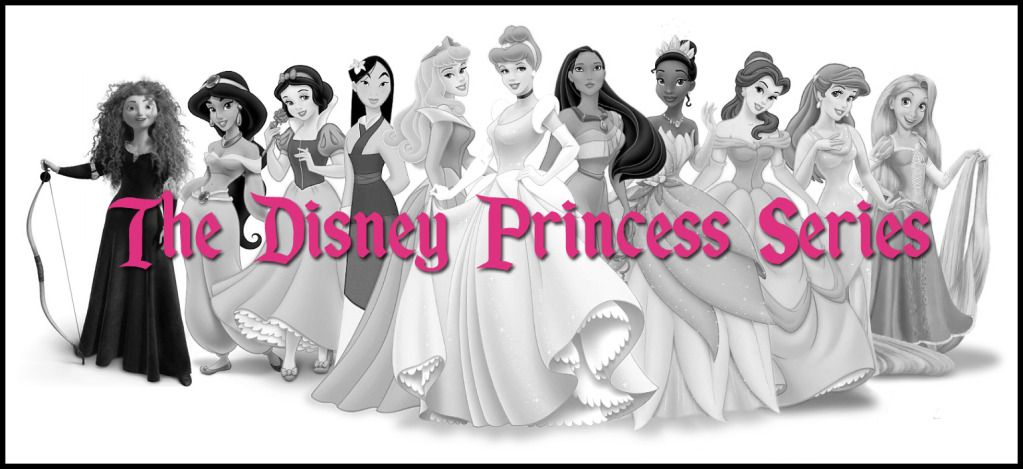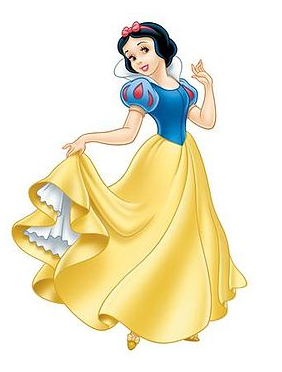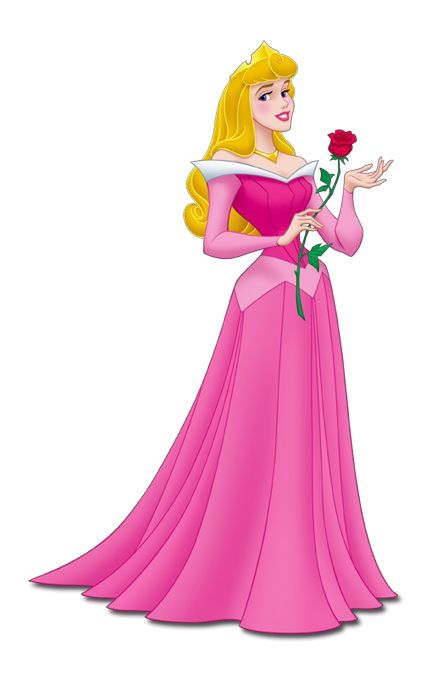Once upon a time, in a faraway land (depending on your own geographical location), two recent university graduates decided to write a blog about the representation of women in media. “But where should we begin?” they wondered. Then it struck them: once upon a time...
Very
few female characters are more beloved or more derided than Disney
princesses. It’s easy to embrace their dreams of love and freedom, but
it’s equally easy to spot the flaws in a life plan based entirely on
wishes and the hope for some nebulous happily-ever-after. For many of
us, Disney princesses are our first guides as we enter the realm of
media consumption, first lighting up our screens and then adorning our
bedrooms. Their films are our foundational texts, and we want to use
them to build another foundation.
In
the next few weeks, we’re going to be writing about four distinct
groups of princesses, one group of characters who didn’t quite qualify
for the coveted title, and one group of Disney mothers, those
ever-elusive figures. To kick things off, we’re looking at Disney’s
first three princesses, the ones that started a massive franchise that
would become a requisite element of many girls’ childhoods.
Snow White
Debuting
in 1937 and thus celebrating her seventy-fifth birthday this year, Snow
White is Disney’s first princess. We also think she’s the worst. Due
to Snow White’s popularity this year -- the story retold in two major
Hollywood films and a television show -- one could say that we’re in the
minority. However, in all of those adaptations, including the one set
in a Disney-inspired world, Snow White gets an upgrade on the Strong
Female Character scale. The princess progenitor Snow White is hardly
the same one we see today.
This
is for good reason. We are introduced to Snow White as a “lovely
little Princess” forced to work and dress as a scullery maid whose “rags
cannot hide her gentle grace.” When the queen consults with her magic
mirror, only to learn that she has been dethroned as the fairest one of
all, she doesn’t even have to hear Snow White’s name to know that it’s
her. With “lips red as the rose, hair black as ebony, skin white as
snow,” the princess so aesthetically towers over everyone else that she
can be identified just by what actually sounds like a slightly
terrifying list of physical features. She is beautiful, and this is her
defining trait.
There’s
not much else to her. She sings two “I Want” songs, which usually
function to help the audience to get to know a character through the
sung-through revelation of their most profound desires; in this case,
however, all we learn is that she wants to meet and marry a handsome
prince. After she learns that her stepmother put a hit out on her and
understandably has a bit of a breakdown as she runs through the forest,
she apologizes for her actions: “But you don’t know what I’ve been
through / And all because I was afraid / I’m so ashamed of the fuss I’ve
made.” It’s almost as if she’s apologizing for experiencing human
emotion. When she then trespasses on the dwarfs’ property, she shames
the absent owners as if she were in an episode of How Clean Is Your House?,
then cleans the cottage based on the logic that the first thing people
will do when they learn that someone has been in their house for hours,
rearranging their personal belongings and cleaning everything with the
help of woodland creatures, is to invite them to stay. Whereas these
personality flaws might be interesting if they were treated as flaws,
the film continues to support Snow White’s behaviour. ‘Cause she’s
pretty and well-meaning.
The
film does not continue to feature Snow White, though. Once the dwarfs
arrive on the scene, and for something like ⅝ of the film, they become
both our focus and our true protagonists. This is not just a problem
with the film, but is actually the most salient problem with Snow White
as a character: she’s boring and, ultimately, inactive. The way that we
seek to define strength on this blog has a lot to do with the agency
that a character exercises, and the most agency Snow White displays is
in breaking and entering and bowing to pressure to eat a “magic wishing
apple.” She lacks a character arc, something which Grumpy, of all
people, achieves. She puts herself to sleep, but she doesn’t wake
herself up, and she doesn’t defeat her nemesis; the dwarfs and woodland
creatures take care of the latter, while the prince that Snow White met
once for less than five minutes accomplishes the former using Love’s
First Kiss.
As if all of this weren’t enough, she regularly speaks in verse.
Cinderella
In
1950, Disney took a more successful crack at making a more realistic
princess. Cinderella is easily the strongest of these three princesses
and, we would argue, the real progenitor of the Disney princess tradition as it exists today.
Cinderella
is imbued with a human quality which Snow White lacks. This is
partially a result of the film’s explicit acknowledgement of the horror
of her abuse. Snow White enjoys the domestic chores she is forced to do
in her guise of a scullery maid, whistling while she works.
Cinderella, by contrast, clearly performs a number of physically
demanding chores from which singing offers only temporary respite.
Whereas Snow White only subtextually resents her isolation, suggested
by her desire to be taken away from it by that handsome prince,
Cinderella openly complains about the unfairness of her situation.
Although she displays the same unflagging optimism as her predecessor,
she also expresses real annoyance at her treatment.
What further intrigued us in re-watching Cinderella
was her maturity and genuine gratefulness. Even though her stated life
philosophy suggests that her fairy godmother would one day come along
and fix everything for her, Cinderella is happy with what she receives,
midnight curfew and all.
Still,
she lacks real agency. Although her own “I Wish” song -- “A Dream Is a
Wish Your Heart Makes” -- does not revolve around a man saving her from
her plight, it continues to perpetuate an ultimately disempowering outlook:
A dream is a wish your heart makes
When you're fast asleep
In dreams you lose your heartaches
Whatever you wish for, you keep
Have faith in your dreams and someday
Your rainbow will come smiling through
No matter how your heart is grieving
If you keep on believing
The dream that you wish will come true.
It’s
about hoping for something to change without one’s own involvement,
promoting escapism over action. The film obviously believes its
character’s words, because Cinderella takes almost no action at all.
The talking mice make her the dress which would have enabled her to
attend the ball, and when it is destroyed, her fairy godmother appears
with a well-placed “Bibbidi bobbidi boo.” When she is imprisoned in her
own home, her animal friends steal the key and release her. The only
thing Cinderella actually does is produce the second glass slipper after
the first shatters, ensuring her own happy ending after everyone else
has done the heavy lifting.
Aurora/Briar Rose
While technically a Disney princess film, Sleeping Beauty (1959) is not Aurora’s story; rather, it is the story of the three fairies who protect her.
Aurora, renamed Briar Rose when she goes underground to avoid Maleficent’s ire, is a generic Disney princess only two films after the trope was created. Like her predecessors, she communicates with animals and falls for her “true love” after a single meeting. And she falls hard. When Briar Rose learns her true identity as the Princess Aurora, she weeps not upon discovering the years of lying masterminded by her “aunts,” but when she is told that she can’t date the stranger from the woods whose name she obviously didn’t even ask.
With Aurora/Briar Rose, Disney brings back the idea that a woman’s greatest dream would be for a man to marry her. Aurora dreams of a dance partner and, as she states, “They say if you dream a thing more than once, it’s sure to come true. And I’ve seen him so many times.” This is right in line with Cinderella’s idea that hope inevitably produces that which is hoped for. However, the problem with a worldview which holds that wishing on a star produces tangible results is not only the crushing disappointment when these results don’t actually result, but the inactivity which it promotes. If wishes always come true regardless of what you do, why do anything?
What is interesting about this film is that it has slipped in some stronger female characters in the form of the good fairies. They do all the work, yet they get only a small fraction of the publicity and merchandise. Not only do they drive the plot by saving Aurora from her future untimely death and by taking on the task of raising her, they also become the real heroes in the climactic scene. They break Philip out of the dungeon, give him magical hardware, turn projectiles into harmless bubbles and flowers and, in one memorable instance, transform hot oil or tar into a rainbow. In fact, they even aim his sword and thereby defeat Maleficent. Because we like to pretend that we’re above making jokes about phallic symbolism, we’ll let the readers interpret that one.
Conclusion
We
do concede that these three characters were unmistakably produced by
the attitudes of their respective times. However, we think that, while
these films may warrant discussion as historical documents, the
princesses themselves are affecting the worldviews of children to this
day, as role models and figures for identification. These three films
are frequently re-released and few Disney princess products are without
the image of at least one of these characters. A quick Google Image
search for “Disney princesses” produces pages upon pages of images
containing Snow White, Cinderella, and Sleeping Beauty together with
newer Princesses, and the central position in the group often goes to
one of these “First Three”. The first thing one sees at the official Disney Princess website is a lineup of the Princesses, with Cinderella and Sleeping Beauty
flanking Rapunzel and Tiana (the group’s two newest official members) in
the centre of the image. The central focus these three occupy in
marketing is especially ironic when you consider that, while these
princesses are the title characters of their respective films, they’re
not really the main characters. In a very real way, these characters
never play more than a supporting role in their own stories.
Our verdict: they all play supporting roles.
Our verdict: they all play supporting roles.





